Lisbon
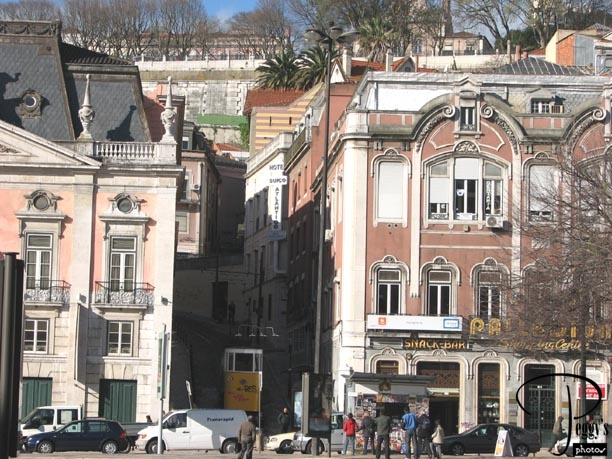
Today, I signed up for another full–day Inside Lisbon tour: to Arrabida and Sesimbra––a tour of castles, vineyards, forests, and beaches. Again, I was to meet my tour group in front of the Hard Rock Cafe in Praca dos Restauradores. On my way there, I spotted the Elevador da Gloria in that sqaure. The funicular will take you up the hill to the Bairro Alto.

Lisbon
Lisbon
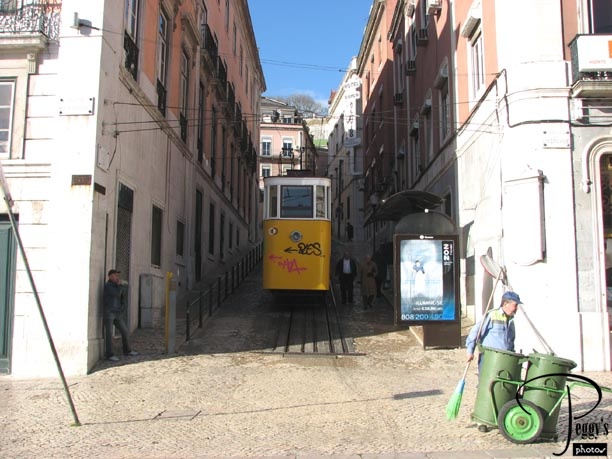
Closer–up view of the Elevador da Gloria. Another funicular, the Elevador de Lavra is on the other side of the square.

Lisbon
My Tour Group
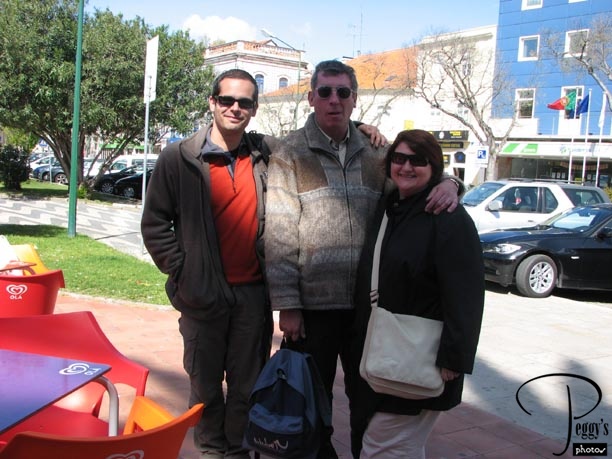
I took this photo later of my day’s tour group: from the left, Hugo, our tour conductor of today and also my tour conductor two days ago to Sintra (he greeted me again with two Portuguese kisses––so very sweet, but it did somewhat surprise my other two tourmates); Pascal, from France who manages a restaurant named “Pascal” in London (at 25 Litchfield Street, near Leicester Square); and Jackie, English who works in London, his travel companion. Pascal entertained us well with his many great “food” stories.

My Tour Group
Vasco da Gama Bridge
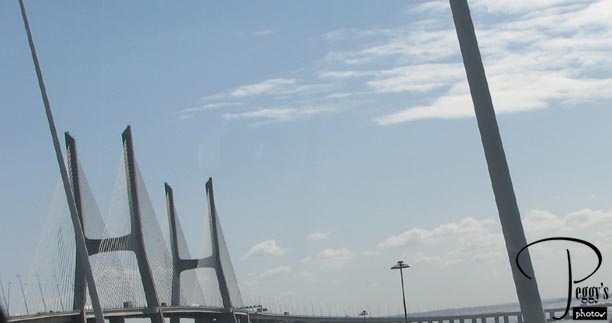
We crossed the River Tejo on the Vasco da Gama Bridge on our way south to Arrabida and Seimbra. This bridge is the second longest bridge in Europe (10.7 miles long or 17.2 km). It was built in 1998.

Vasco da Gama Bridge
View from the Bridge
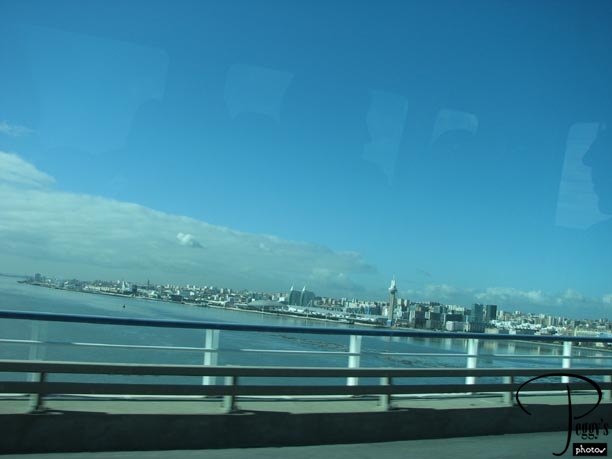
View looking back to Lisbon from the bridge.

View from the Bridge
View from the Bridge
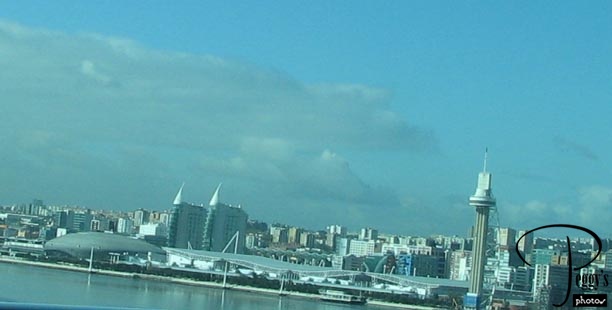
Blow–up of the last photo: On the right––the Torre Vasco da Gama; on the left, the Oceanario and the two buildings with “unicorns” (sails?) on top of them.

View from the Bridge
View from the Bridge
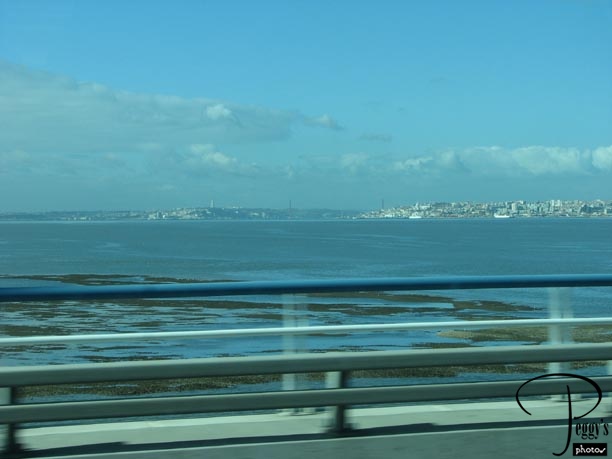
Another view––the Cristo Rei statue and the 25 de Abril bridge.

View from the Bridge
Portuguese Countryside
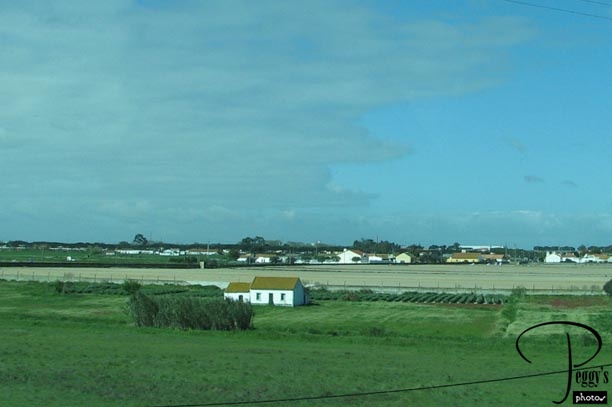
We were in the Portuguese countryside not very long after crossing the River Tejo.

Portuguese Countryside
Portuguese Countryside

Passing vineyards.

Portuguese Countryside
Setubal
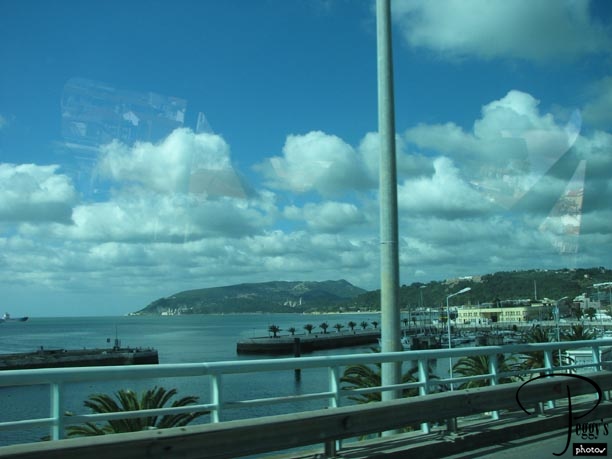
Coming into Setubal, the third largest port in Portugal.

Setubal
Setubal
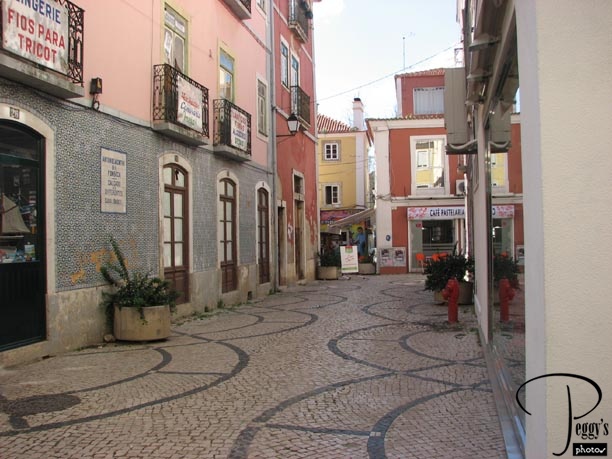
We walked into Setubal’s Old Town.

Setubal
Setubal
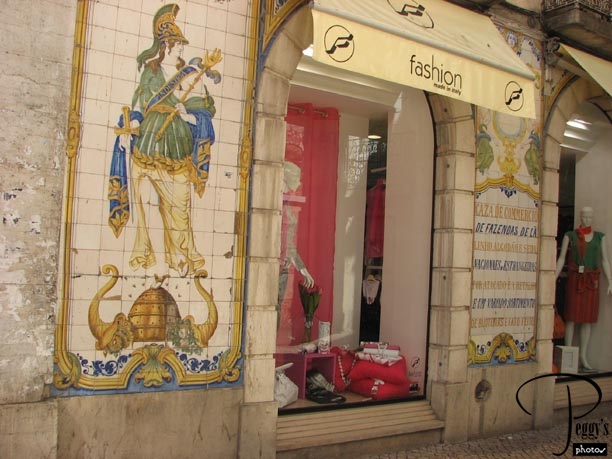
Pass an interesting store front.

Setubal
Setubal
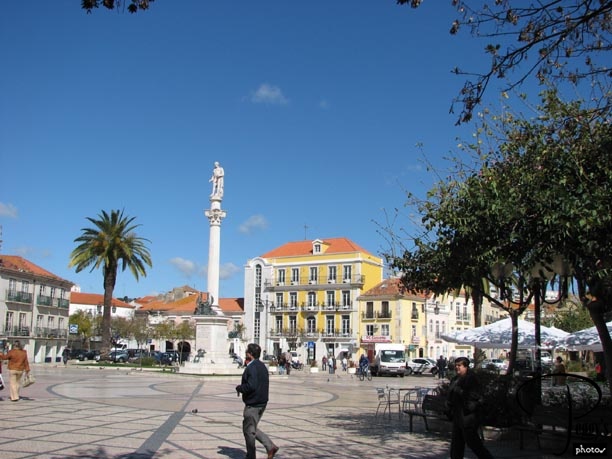
The main square in the Old Town.

Setubal
Setubal
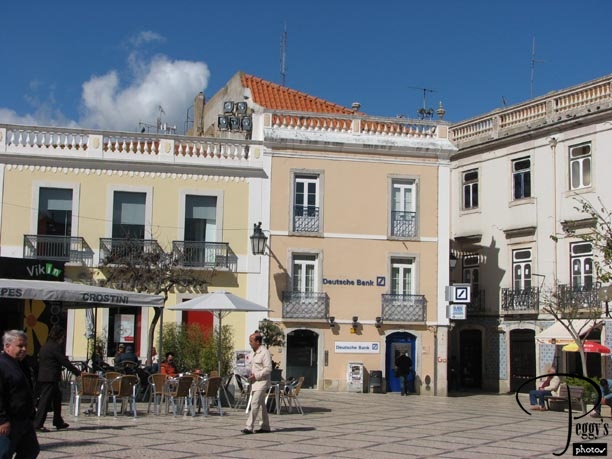
Many Italianate roofs here.

Setubal
Setubal
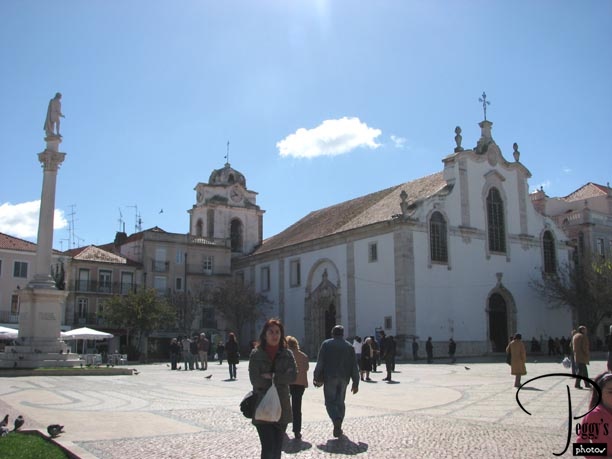
Setubal’s 16th century cathedral, Santa Maria da Graca, in the main square.

Setubal
Setubal
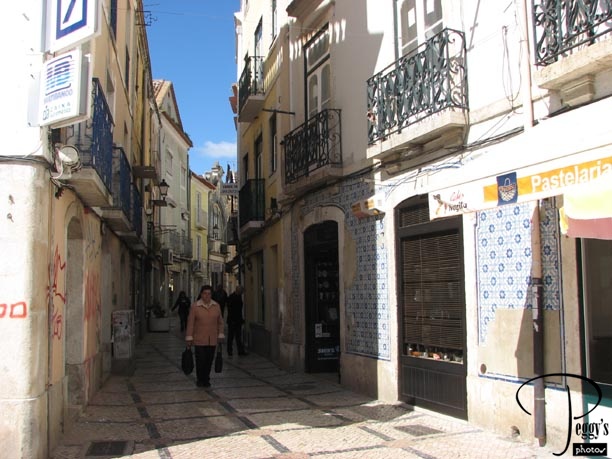
A curvy narrow street in the Old Town.

Setubal
Setubal
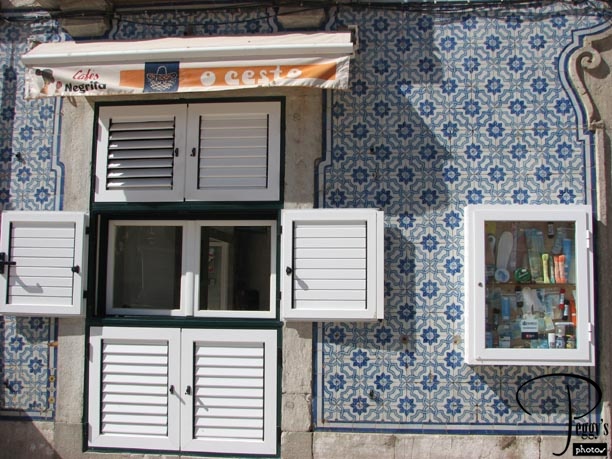
Another interesting store front. This store sells shoe–related items (shoe laces, etc.).

Setubal
Setubal
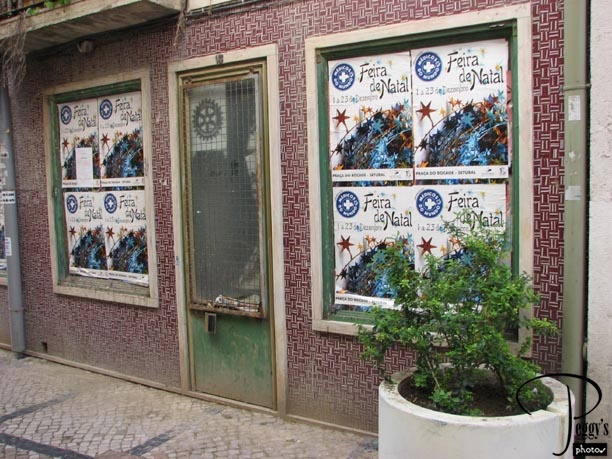
And another interesting store front.

Setubal
Setubal
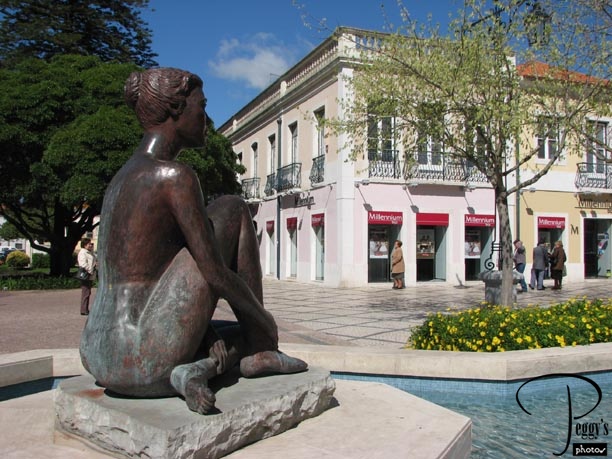
Naked lady statue on the main boulevard.

Setubal
Setubal
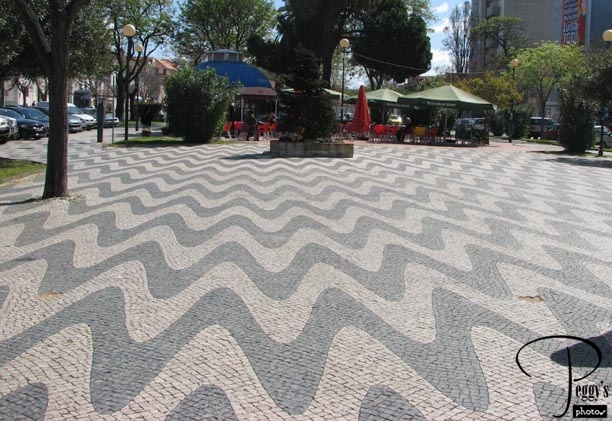
Very “wavy” walk back to the tour van.

Setubal
Castelo de Sao Felipe
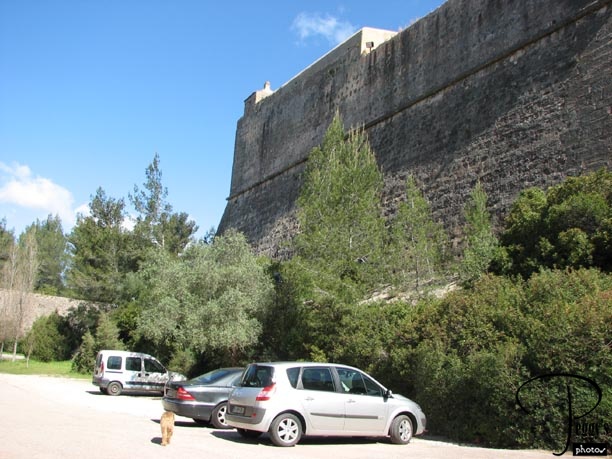
Arriving at Castelo de Sao Felipe, Setubal’s castle. The castle was built in 1595 by Philip II of Spain (during the Spanish rule of Portugal) to keep a lookout, from its vantage point on top of a hill, for pirates and English invaders and to keep an eye on his subjects.

Castelo de Sao Felipe
Castelo de Sao Felipe
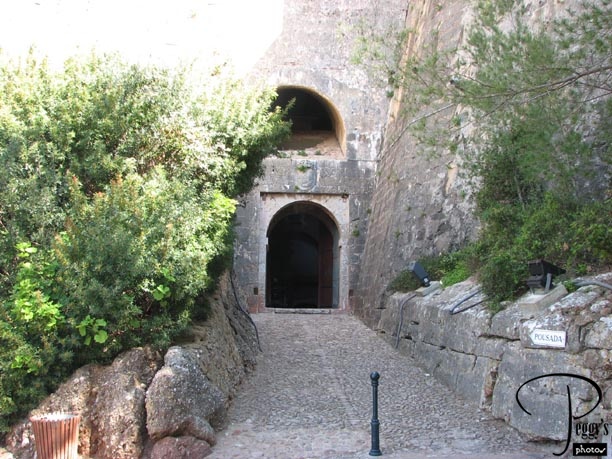
A stone tunnel leads to the interior of the castle.

Castelo de Sao Felipe
Castelo de Sao Felipe
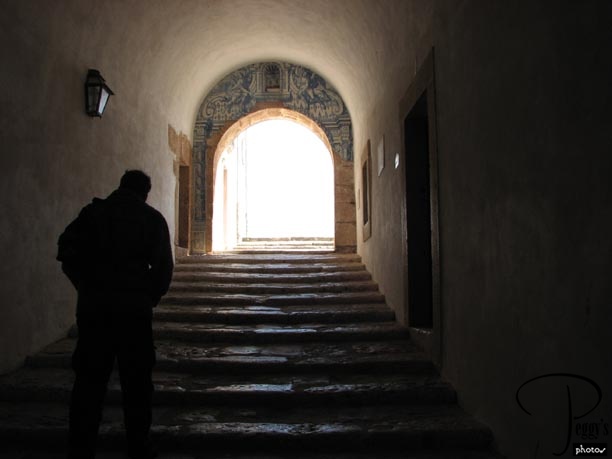
Up the stairs.

Castelo de Sao Felipe
Castelo de Sao Felipe
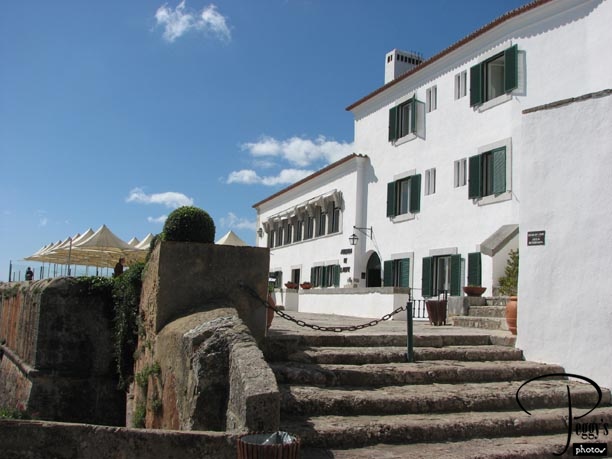
A pousada is now part of the castle. Pousadas are a network of hotels partially owned by the Portuguese government, some of them located in historic castles and monasteries. The rates for a room in a pousada runs from 84 to 169 euros, depending on the pousada, time of year, day of the week, etc.

Castelo de Sao Felipe
Castelo de Sao Felipe
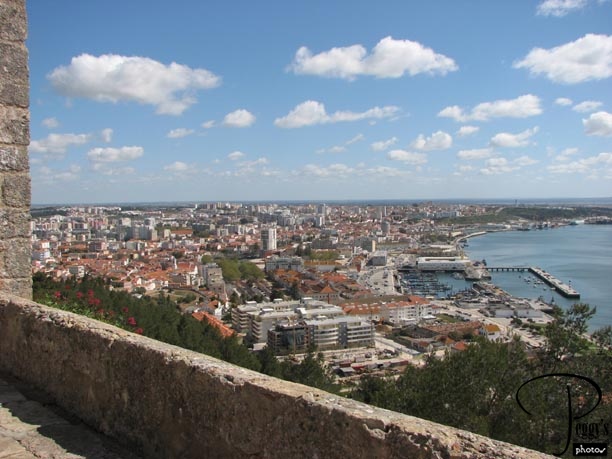
View of Setubal from the castle.

Castelo de Sao Felipe
Castelo de Sao Felipe
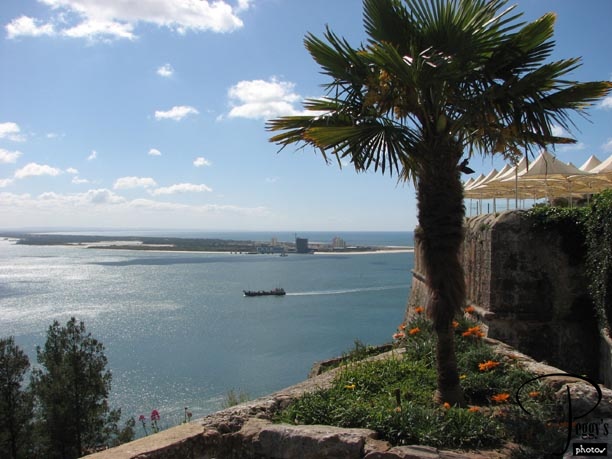
View of Setubal from the castle.

Castelo de Sao Felipe
Castelo de Sao Felipe
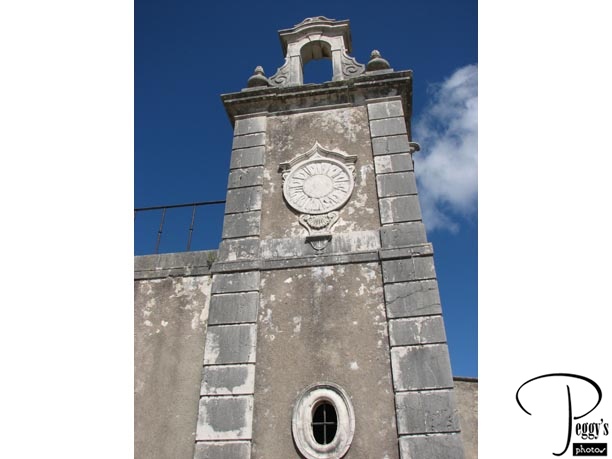
View of Setubal from the castle.

Castelo de Sao Felipe
Castelo de Sao Felipe
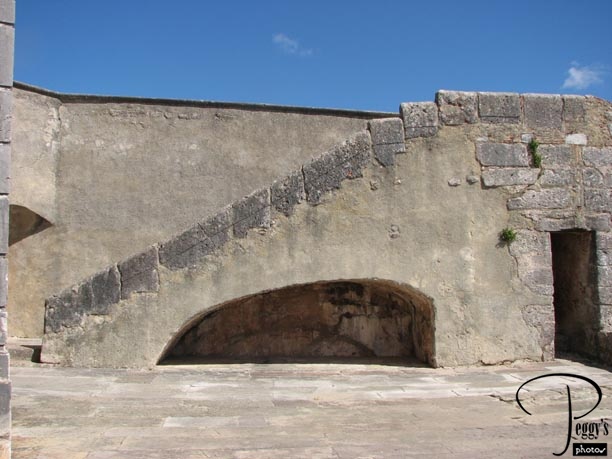
More of the castle.

Castelo de Sao Felipe
Castelo de Sao Felipe
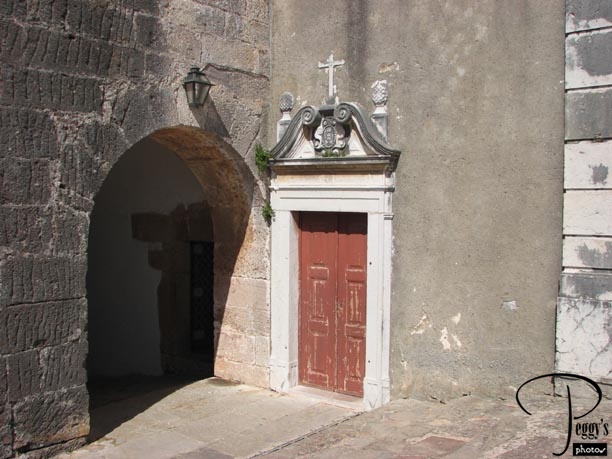
Chapel doors next to the tunnel exit.

Castelo de Sao Felipe
Castelo de Sao Felipe
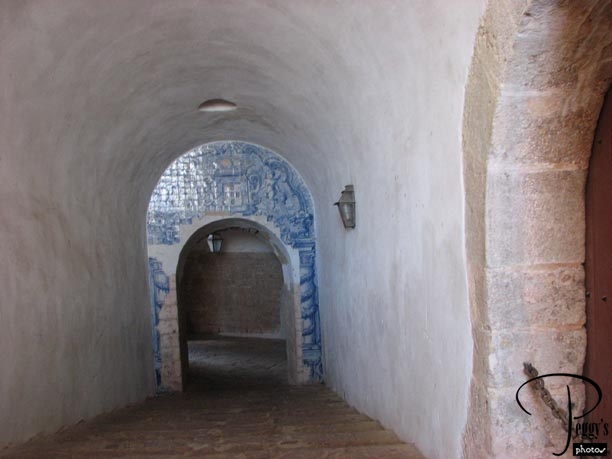
Down the steps.

Castelo de Sao Felipe
Parque Natural da Arrabida
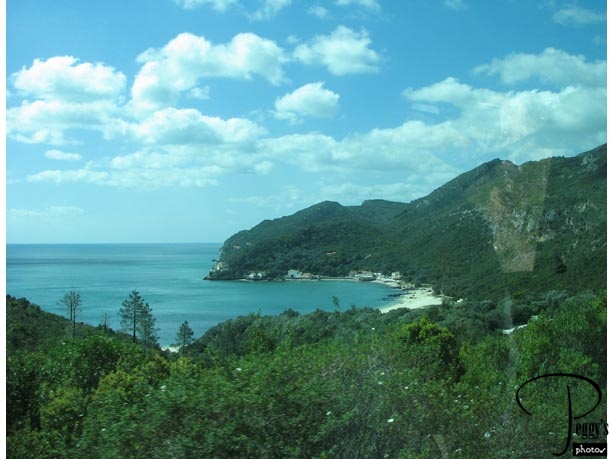
Limestone mountains stretching east–west along the coast between Sesimbra and Setubal make up the Parque Natural da Arrabida. The cove below is the Portinho da Arrabida.

Parque Natural da Arrabida
Portinho da Arrabida
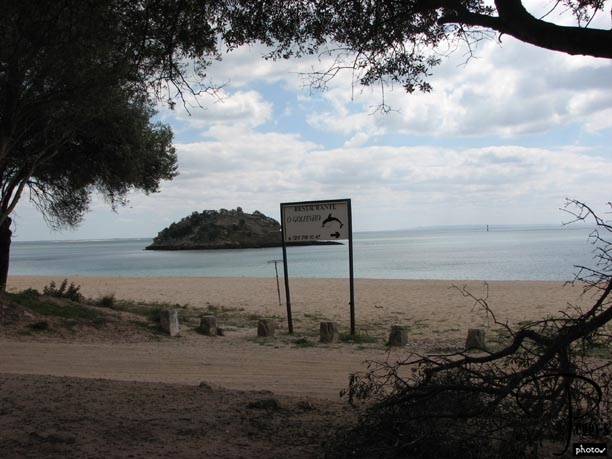
One of the sheltered beaches here.

Portinho da Arrabida
Portinho da Arrabida
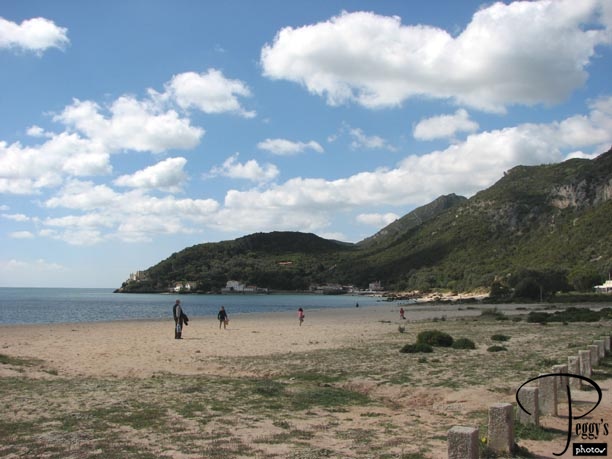
More of the beach. Hugo told us that this is his favorite beach. If you take this tour during the warmer months, bring your bathing suit along so you can take a swim here.

Portinho da Arrabida
Portinho da Arrabida
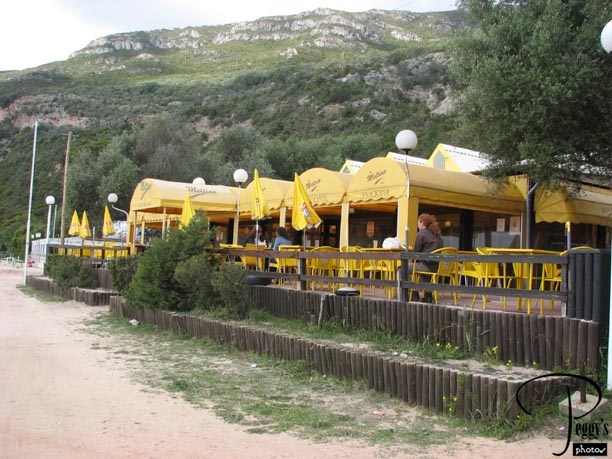
We had refreshments here at the Restaurant O Golfinho.

Portinho da Arrabida
Portinho da Arrabida
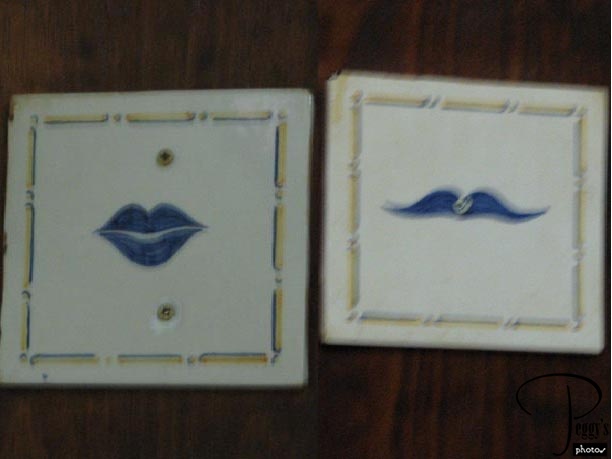
Bathroom signs at the restaurant.

Portinho da Arrabida
Convento da Arrabida
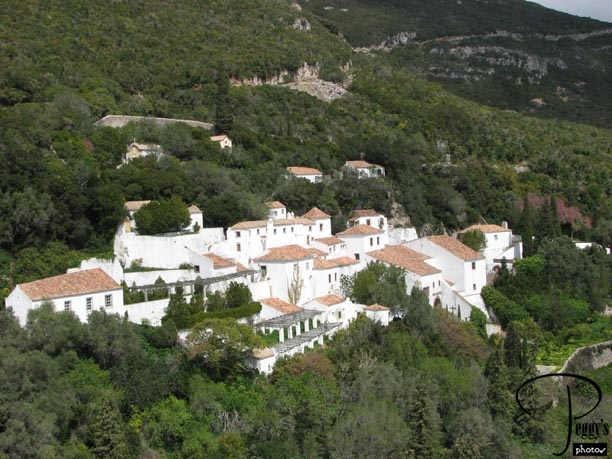
We drove back up the mountain for this photo–op: the picture–perfect Convento da Arrabida. These 16th–century buildings were once a Franciscan monastery. Today, it is a cultural center.

Convento da Arrabida
Convento da Arrabida
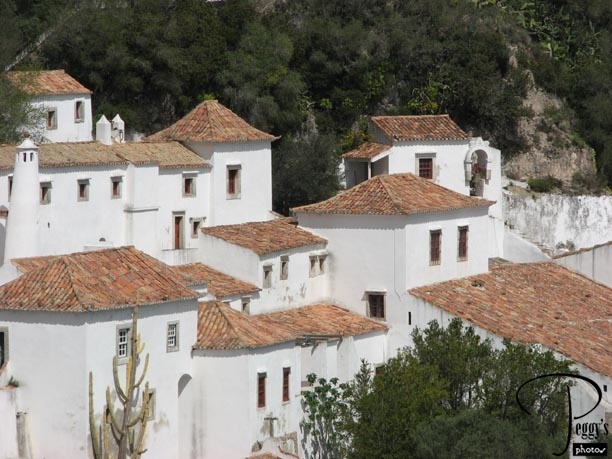
A close–up.

Convento da Arrabida
Convento da Arrabida
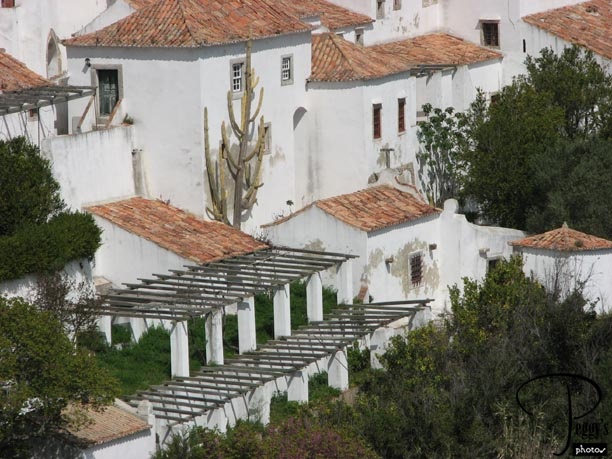
Another close–up.

Convento da Arrabida
Parque Natural da Arrabida
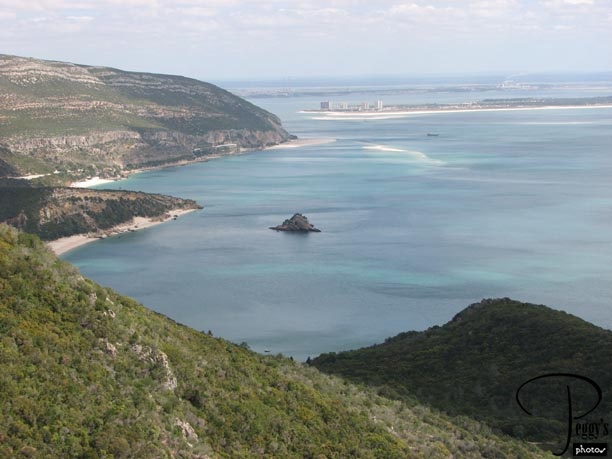
Taken at the same viewpoint: on the left, we beach we were at; on the right, the Peninsula de Troia. (Later on my trip, when I flew back to Lisbon from Faro in Southern Portugal, we flew directly over this area and I recognized both the rock and the peninsula and then also could figure out where we had driven on this tour.)

Parque Natural da Arrabida
Cork Trees
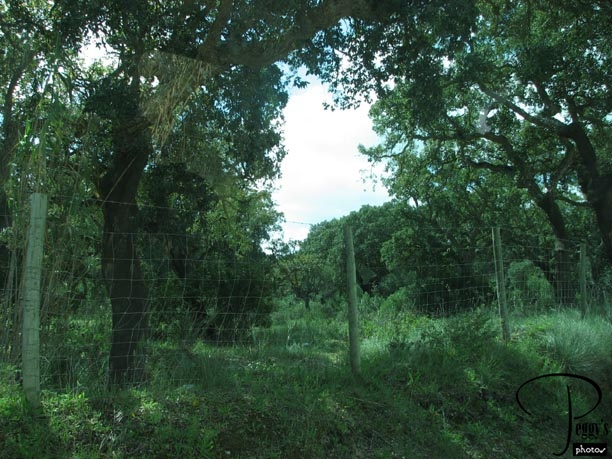
More cork is produced in Portugal than anywhere else in the world. This is a photo of some cork trees. A cork tree is stripped of its bark every 9 years, with the year of the stripping then marked on its trunk. Cork is one of the Portuguese trees that does not grow well in California––more than just a similar climate is needed for these trees, as the special soil of this area is also a requirement.

Cork Trees
On Our Way to Sesimbra
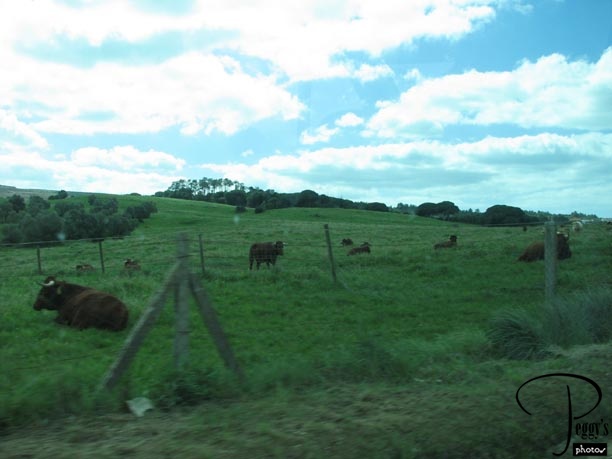
Farmland.

On Our Way to Sesimbra
On Our Way to Sesimbra
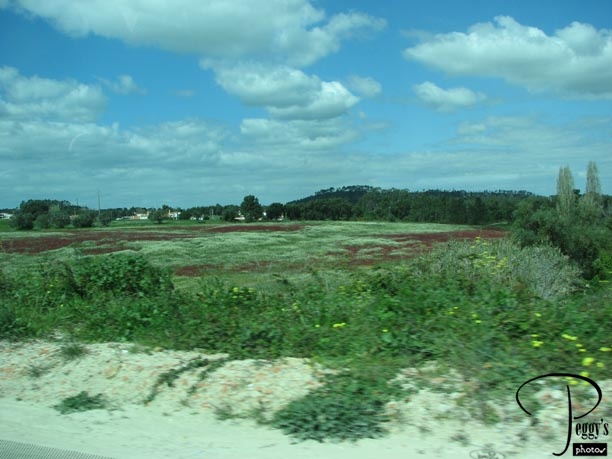
Fields of wildflowers.

On Our Way to Sesimbra
Sesimbra
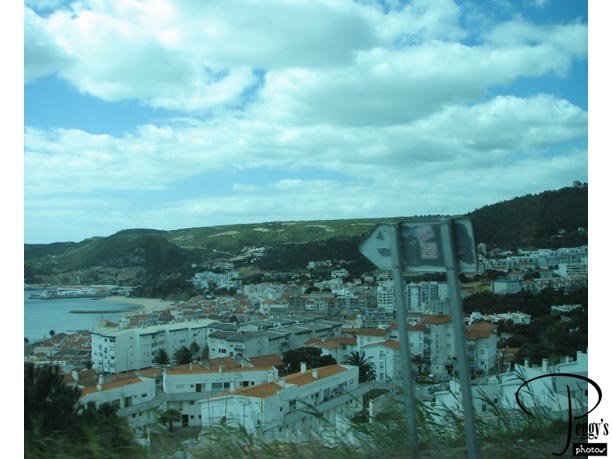
Coming into Sesimbra.

Sesimbra
Sesimbra
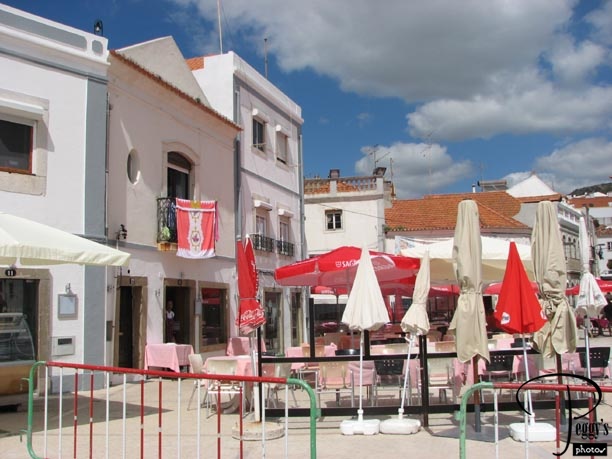
Sesimbra is both a fishing village and a holiday resort.

Sesimbra
Sesimbra
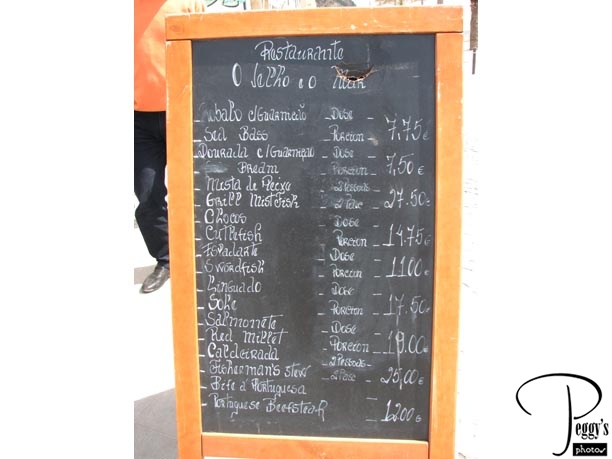
Hugo went off to make some phone calls, Jackie and Pascal went to find a fish restaurant, and I went to find a cafe. The menu where Pascal and Jackie ate: sea bass, swordfish, sole, red mullet, fisherman’s stew, etc., from 7,50 to 25 euros.

Sesimbra
Sesimbra
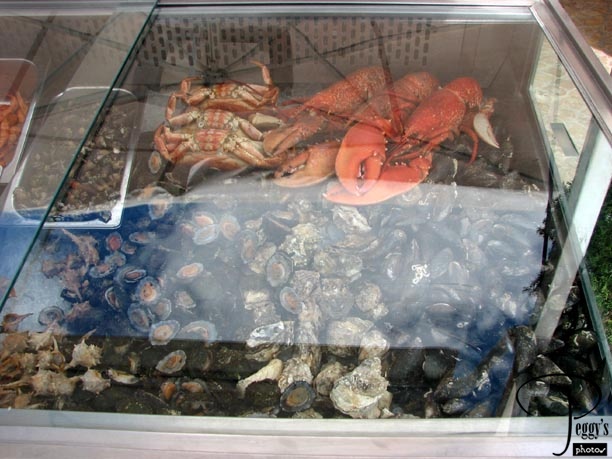
Today’s catch at that restaurant.

Sesimbra
Sesimbra
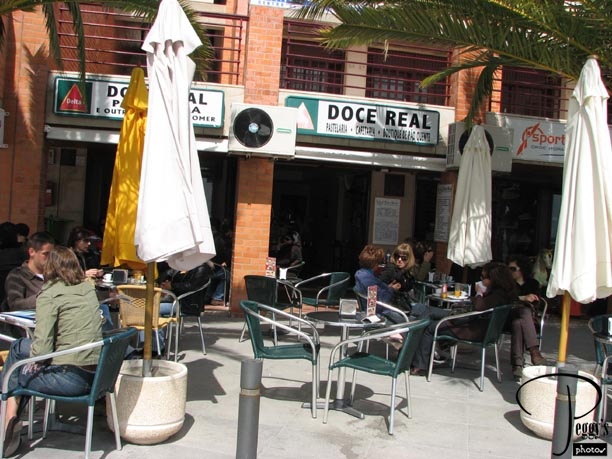
I found this cafe to eat at and sat facing the water.

Sesimbra
Sesimbra
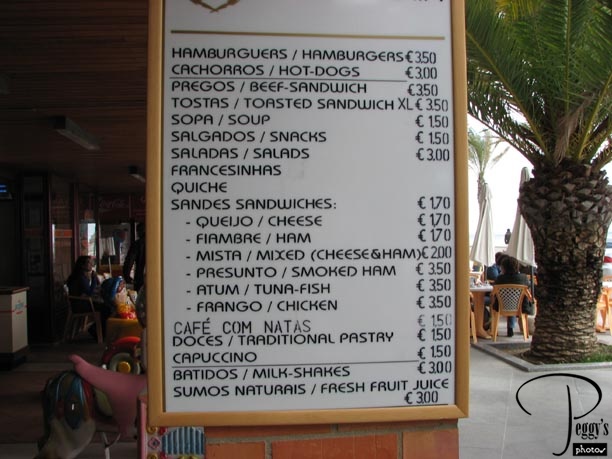
The menu at my cafe. I had a cheeseburger, coffee, and pastry. Very good.

Sesimbra
Sesimbra
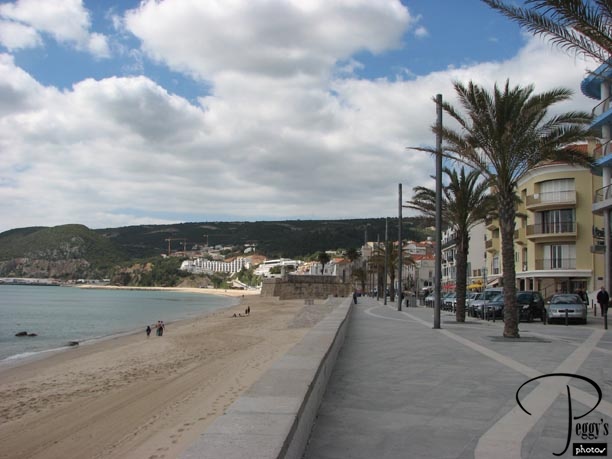
Walking back along the waterfront.

Sesimbra
Sesimbra
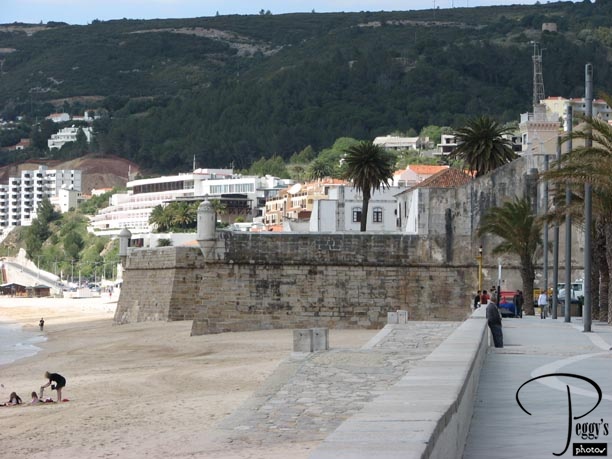
Close–up of the Santiago Fort, year built unknown.

Sesimbra
Sesimbra
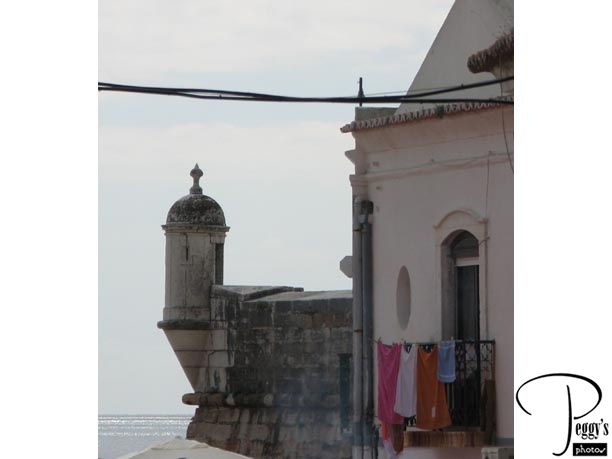
A classic picture––an old fort and a line of laundry.

Sesimbra
Sesimbra
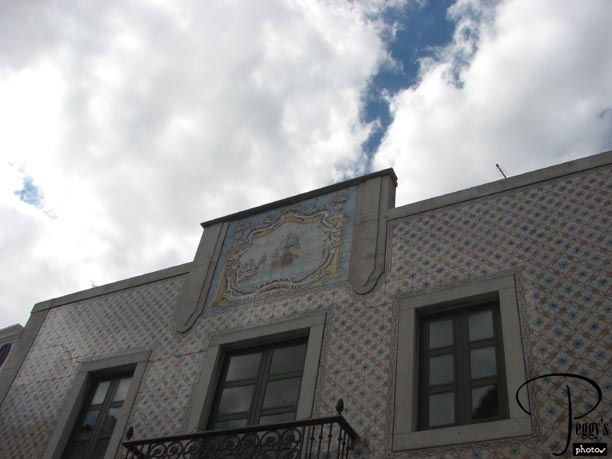
Building seen along the way back to the van.

Sesimbra
Sesimbra
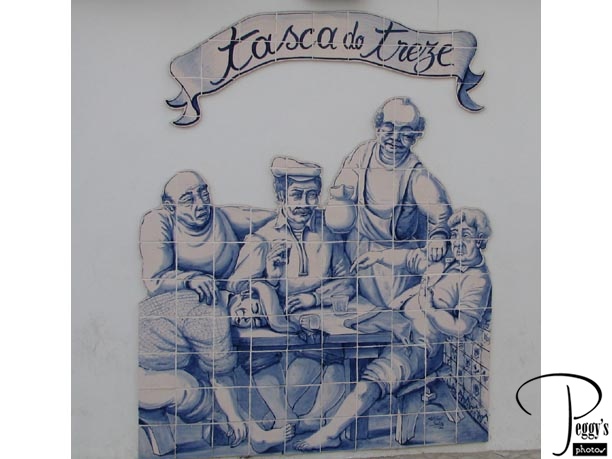
Mural on a wall.

Sesimbra
Sesimbra
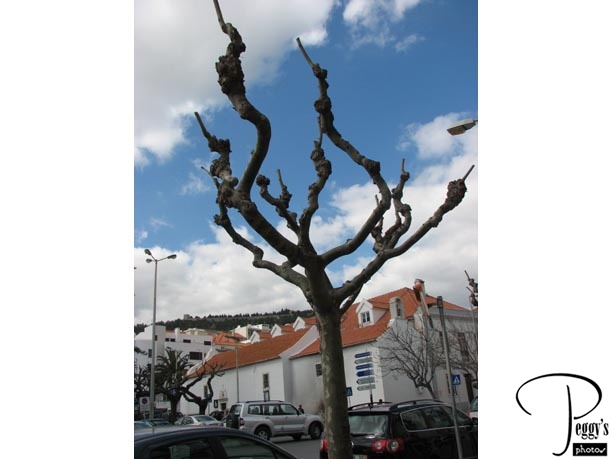
An interesting tree.

Sesimbra
Back on the Road
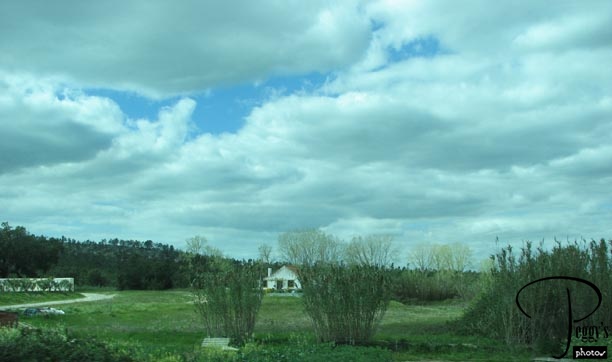
Back on the road in the Portuguese countryside.

Back on the Road
Vila Nogueira de Azeitao
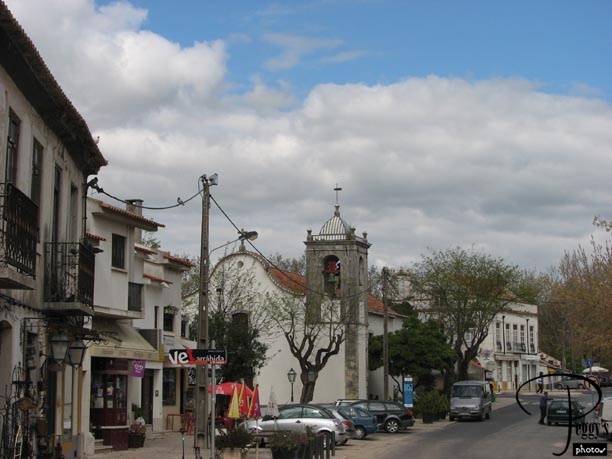
The Jose Maria de Fonesca winery is located here. We stopped to take a tour of it.

Vila Nogueira de Azeitao
Vila Nogueira de Azeitao
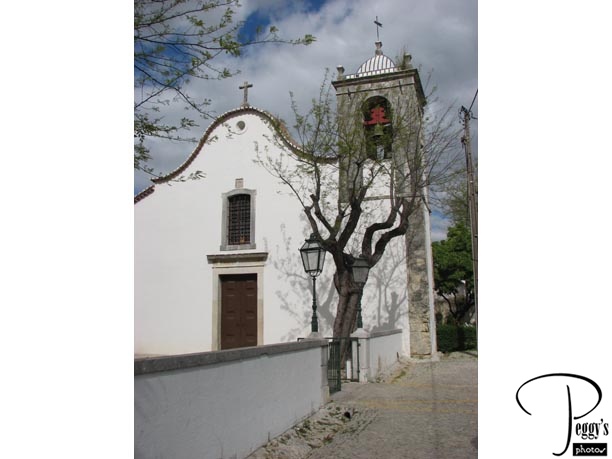
Close–up of the church.

Vila Nogueira de Azeitao
Vila Nogueira de Azeitao
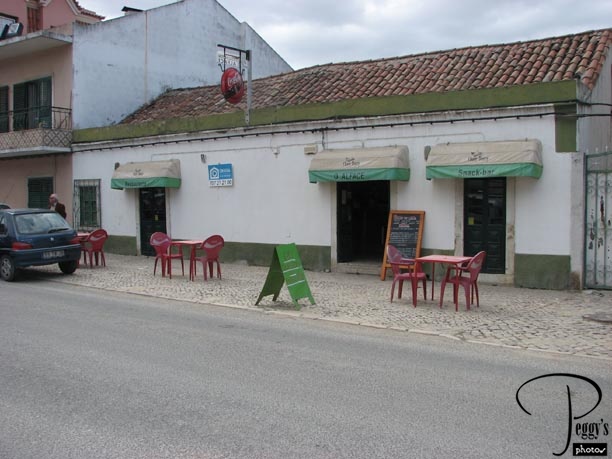
We had to wait for a Spanish tour group to arrive before taking the winery tour. We all had coffee at this cafe, the Restaurante Alface, across from the winery.

Vila Nogueira de Azeitao
Vila Nogueira de Azeitao
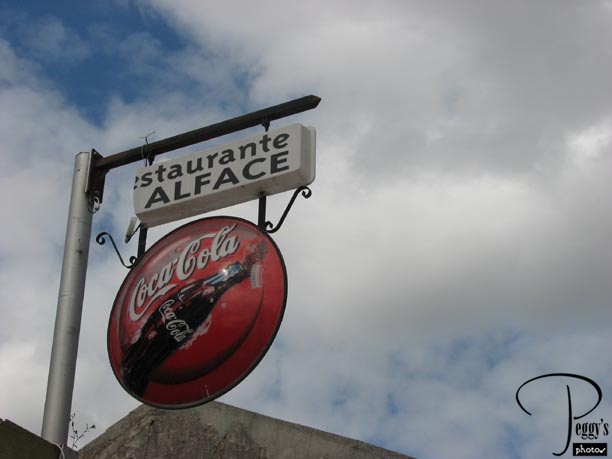
The sign above the restaurant.

Vila Nogueira de Azeitao
Vila Nogueira de Azeitao
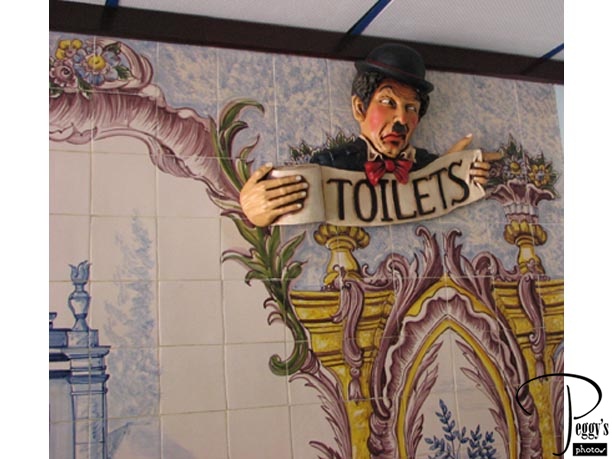
The inside of the Restaurante Alface was a surprise––full of interesting items. For example, this sign.

Vila Nogueira de Azeitao
Vila Nogueira de Azeitao

And this one.

Vila Nogueira de Azeitao
Vila Nogueira de Azeitao
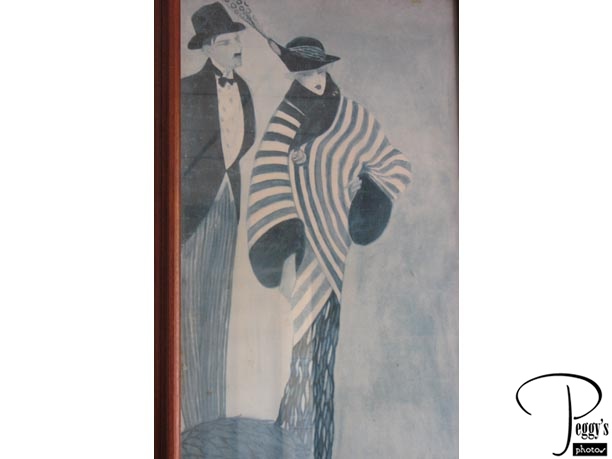
And some very nice prints.

Vila Nogueira de Azeitao
Vila Nogueira de Azeitao
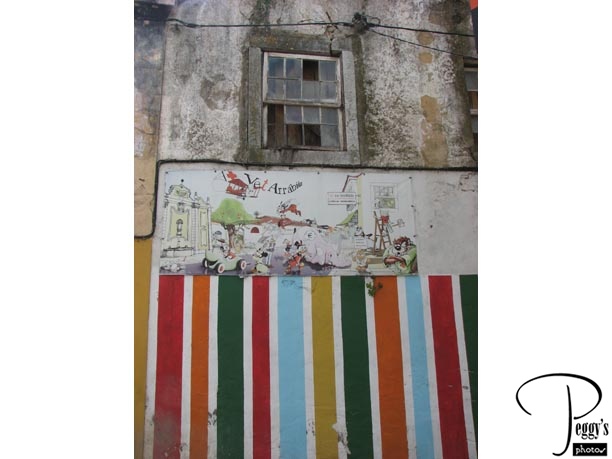
Sign on a next–door building advertising a veterinarian, the Vet Arrabida.

Vila Nogueira de Azeitao
Vila Nogueira de Azeitao

Close–up of part of the sign. The Jose Maria de Fonesca winery across the street appears in the mural.

Vila Nogueira de Azeitao
Vila Nogueira de Azeitao
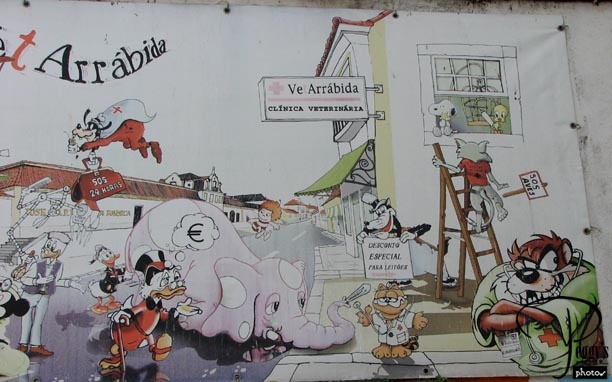
Close–up of the other part of the sign.

Vila Nogueira de Azeitao
Jose Maria de Fonesca Winery
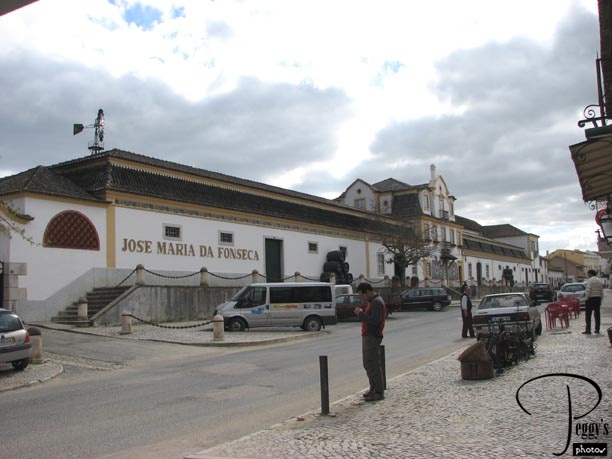
Photo of the Jose Maria de Fonesca Winery, a very big complex.

Jose Maria de Fonesca Winery
Jose Maria de Fonesca Winery
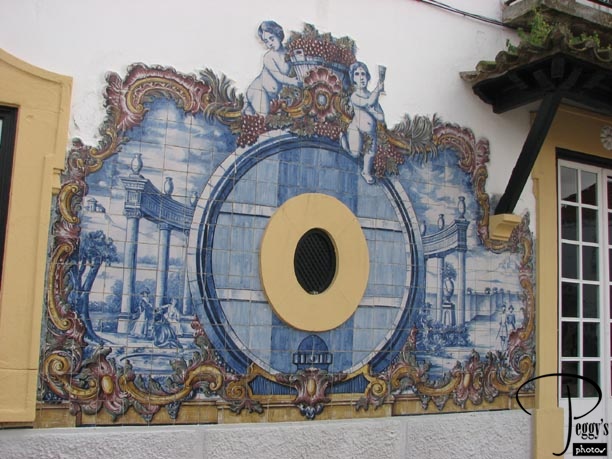
Mural on the side of the building.

Jose Maria de Fonesca Winery
Jose Maria de Fonesca Winery
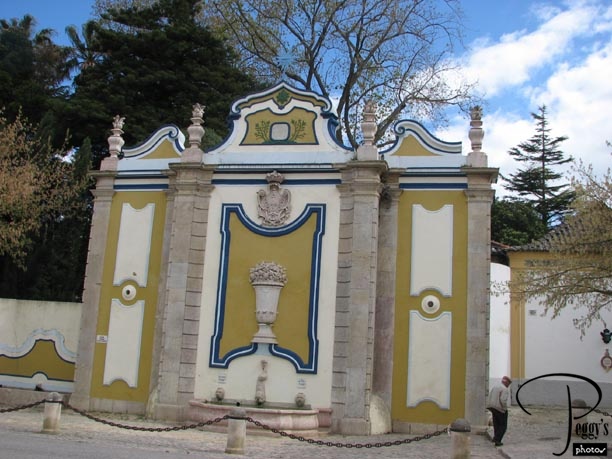
Decorative part of the complex.

Jose Maria de Fonesca Winery
Jose Maria de Fonesca Winery
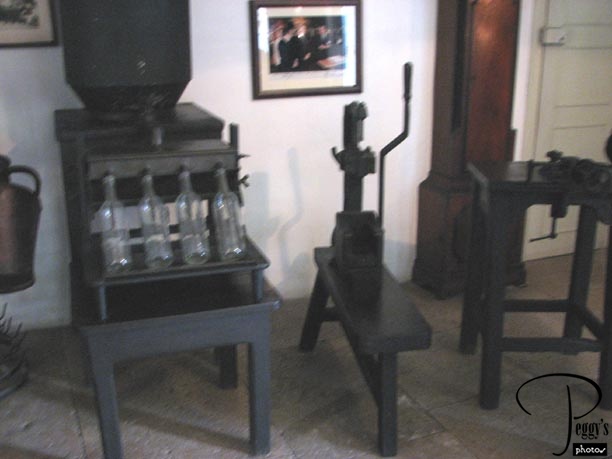
The Spanish tour group still hadn’t shown up. Our tour was started anyway for the four of us and a couple from Denmark. On the left: old bottling machine; on the right: old corking machine.

Jose Maria de Fonesca Winery
Jose Maria de Fonesca Winery
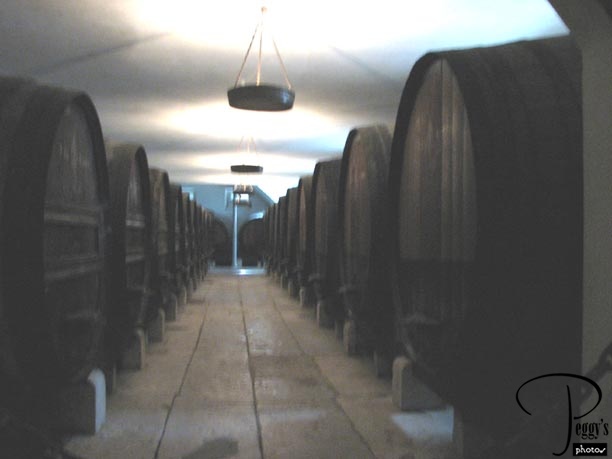
Some of the huge vats of moscatel. The Jose Maria de Fonesca Winery is known for its desert wine, the Moscatel of Setubal. The Spanish tour group finally arrived. However, we were still given the tour in English. Then the tour guide would repeat what she had told us in Portuguese, which would then be translated into Spanish by the Spanish tour group leader.

Jose Maria de Fonesca Winery
Jose Maria de Fonesca Winery
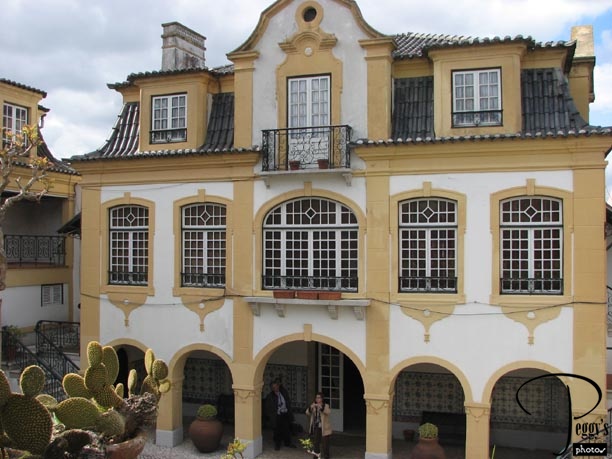
The winery building seen from the rear.

Jose Maria de Fonesca Winery
Jose Maria de Fonesca Winery
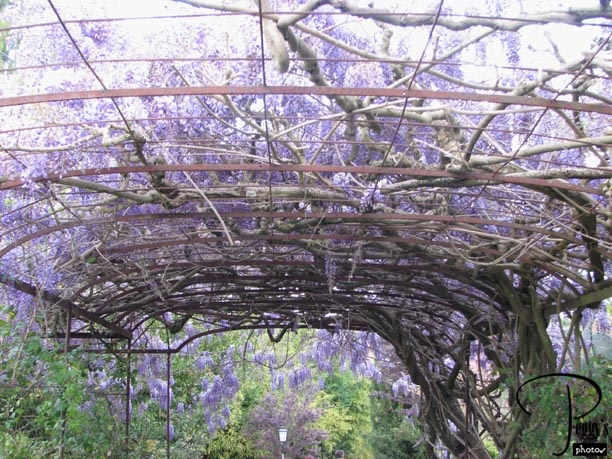
We also took a tour of the winery’s gardens, with a beautiful wisteria bush in them.

Jose Maria de Fonesca Winery
Jose Maria de Fonesca Winery
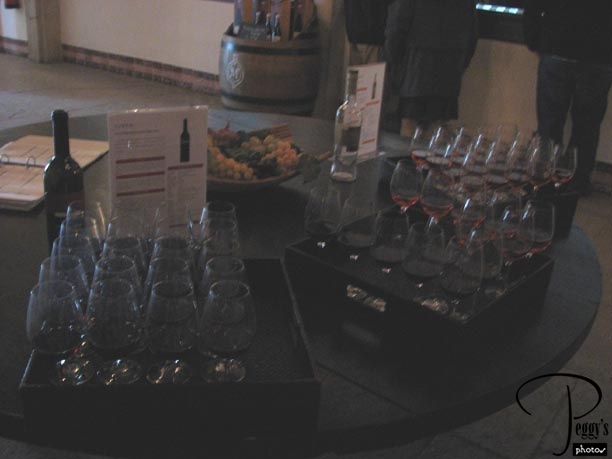
At the end of the tour, wine tasting. We got to taste two different wines––one I liked and one I didn’t.

Jose Maria de Fonesca Winery
Jose Maria de Fonesca Winery
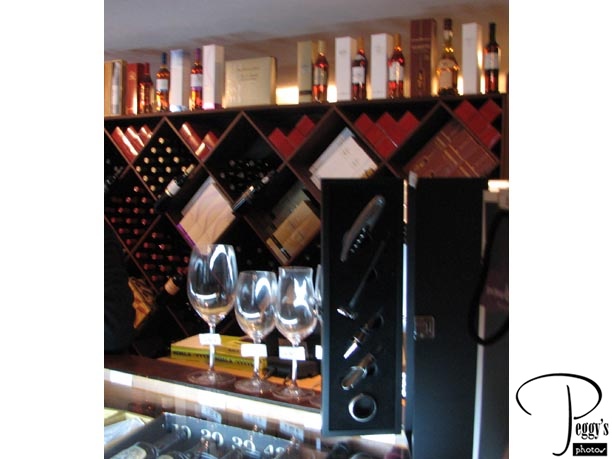
Much wine here for sale. Pascal bought a couple of bottles.

Jose Maria de Fonesca Winery
Jose Maria de Fonesca Winery
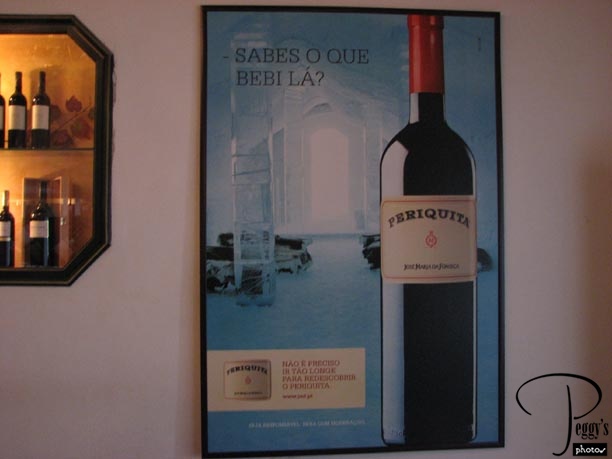
The Jose Maria de Fonesca Winery makes a number of different wines than moscatel, including Periquita.

Jose Maria de Fonesca Winery
Back on the Road
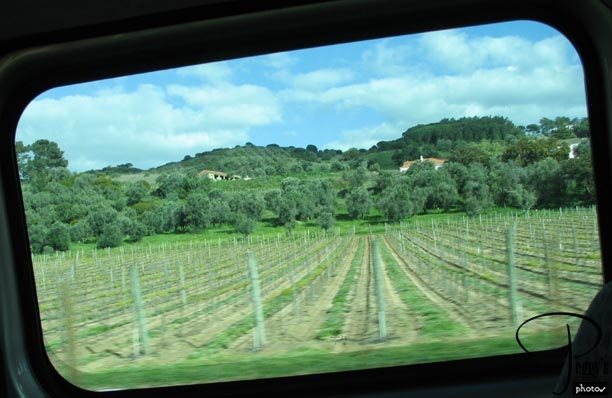
Vineyard seen on the road.

Back on the Road
Back on the Road
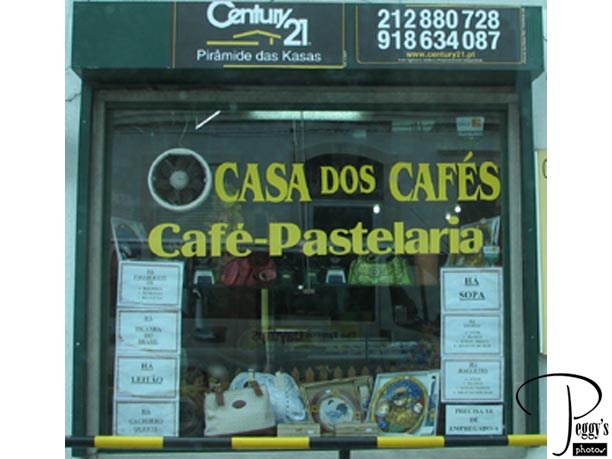
Note the Century 21 sign. ReMax is also selling property in Portugal. (To clarify for some, these are major Realtors in the U.S.)

Back on the Road
Palmela Castle
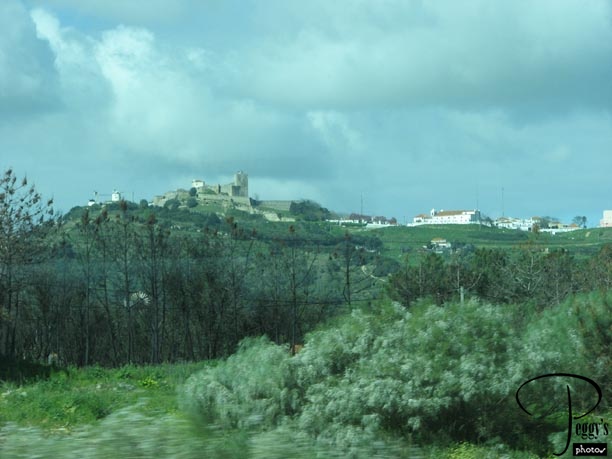
Palmela Castle, our next stop, seen from a distance.

Palmela Castle
Palmela Castle
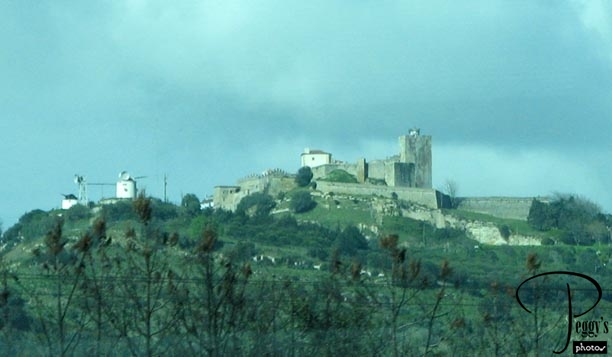
A closer–up view. Palmela Castle dates back to the Moors. It was conquered in the 12th century and was given to the Knights of the Order of Santiago in 1423. It has been restored and has been converted into a pousada.

Palmela Castle
Palmela Castle
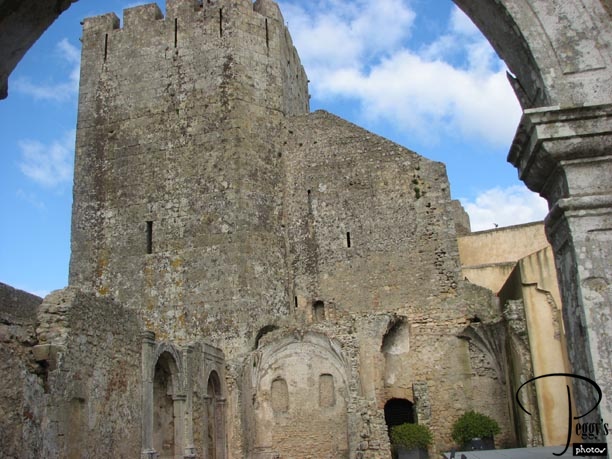
View of the castle through the entry arch.

Palmela Castle
Palmela Castle
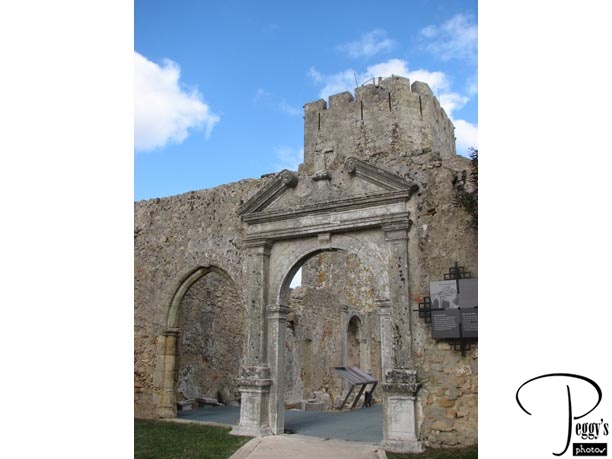
Another view of the castle.

Palmela Castle
Palmela Castle
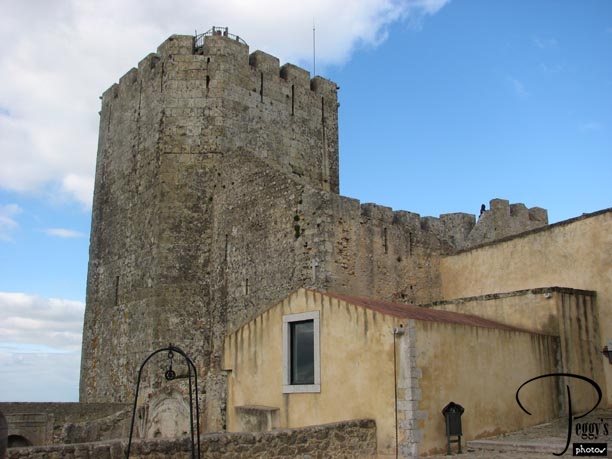
Hugo, Pascal, and Jackie went off to climb to the top of the keep. I stayed below and took photos.

Palmela Castle
Palmela Castle
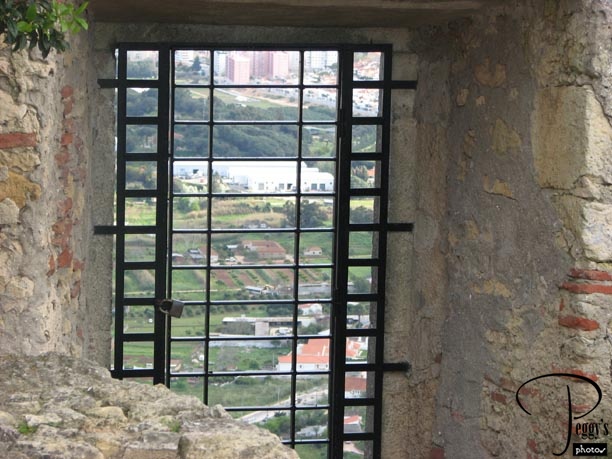
A view through a “window.”

Palmela Castle
Palmela Castle
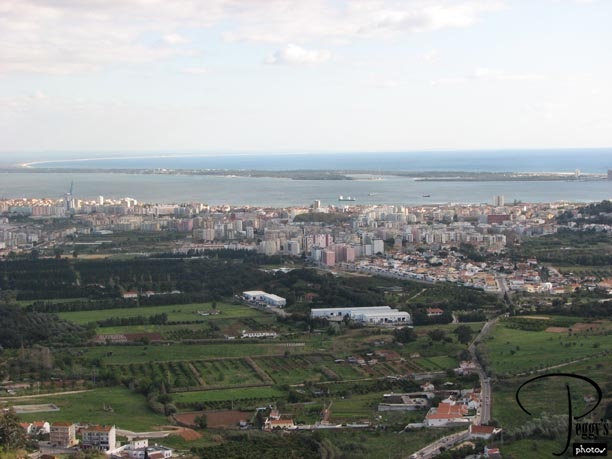
View of Sesimbra seen from the castle.

Palmela Castle
Palmela Castle
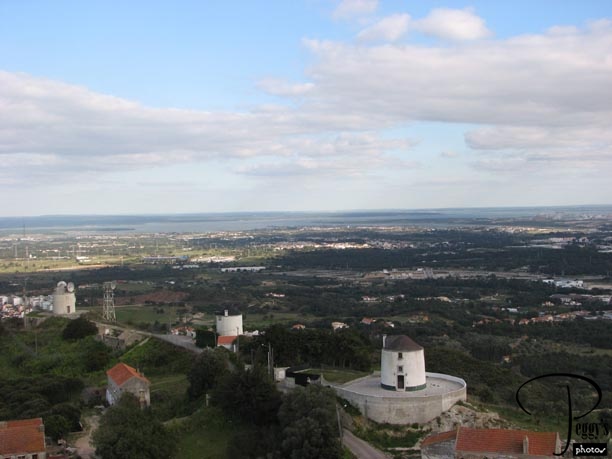
Windmills. The one of the left appears high tech. Portugal has a program to not only keep all their old windmills but also to put them back into very good condition.

Palmela Castle
Palmela Castle
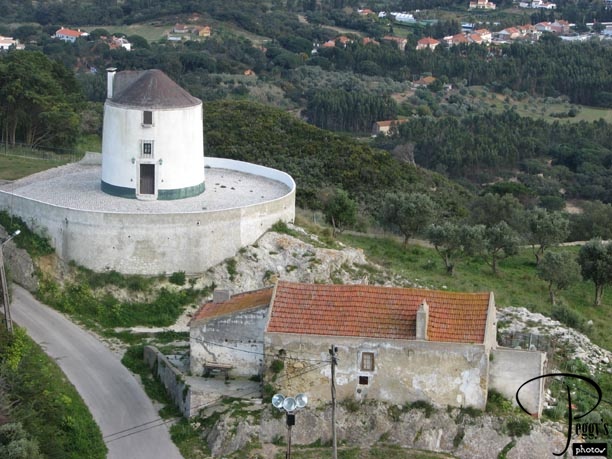
This windmill looks like it has been converted into someone’s home.

Palmela Castle
Palmela Castle
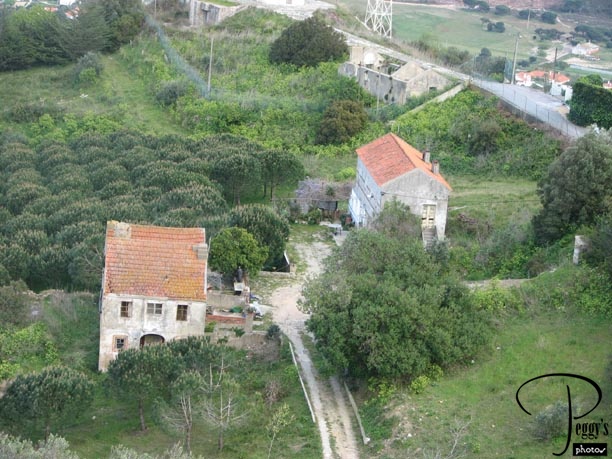
Two old Portuguese houses seen from the castle.

Palmela Castle
Palmela Castle
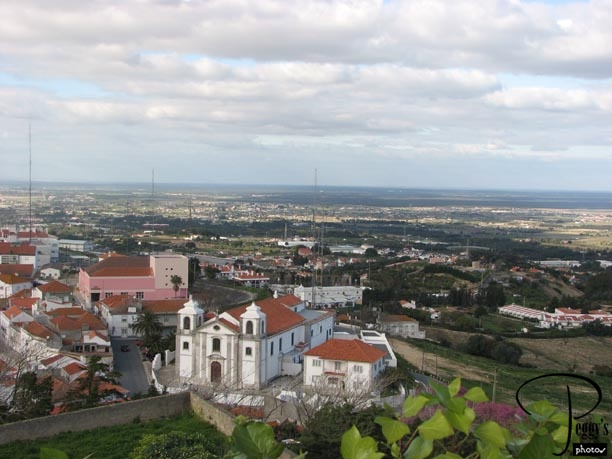
Another view from the castle.

Palmela Castle
Palmela Castle

You can actually see the Cristo Rei statue in Lisbon from the castle––look all the way at the right back of the photo.

Palmela Castle
Palmela Castle
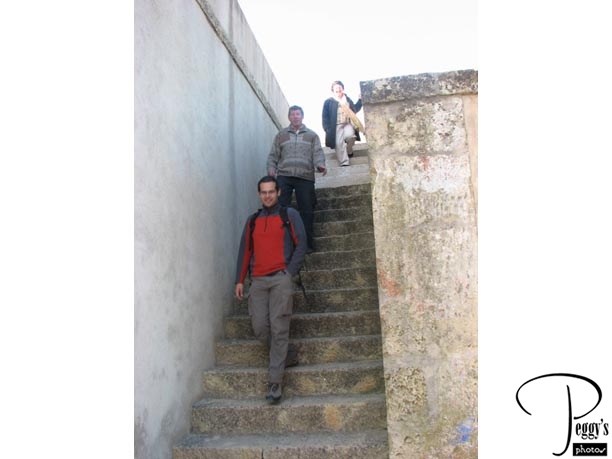
Hugo, Pascal, and Jackie coming down the steps.

Palmela Castle
Cristo Rei Statue
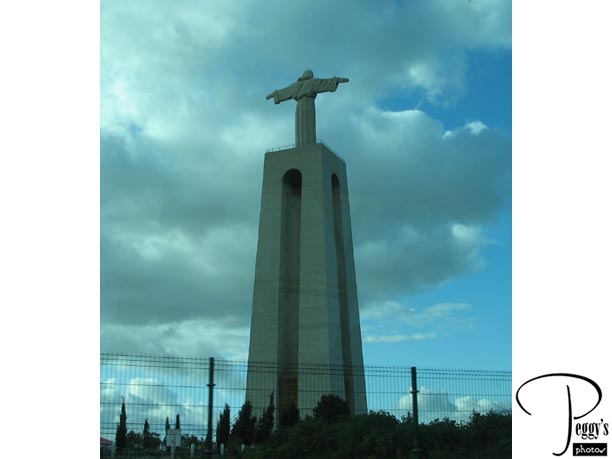
Hugo promised us a treat if we had enough time. A visit to the Cristo Rei statue was the treat––I was thrilled as I was planning to visit it and then didn’t.

Cristo Rei Statue
Cristo Rei Statue
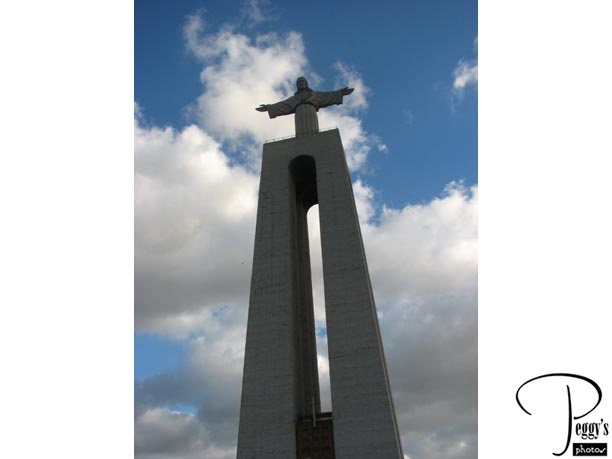
The Cristo Rei statue was modeled after the Cristo Redentor statue in Rio de Janeiro. The statue of Christ is 92 feet (28 m) high and the pedestal it is on is 269 feet (82 m) high. It was built by the Spanish dictator Francisco Franco in 1949–59 by request of the Portuguese dictator Salazar. You can take an elevator up to the top of the pedestal.

Cristo Rei Statue
Cristo Rei Statue
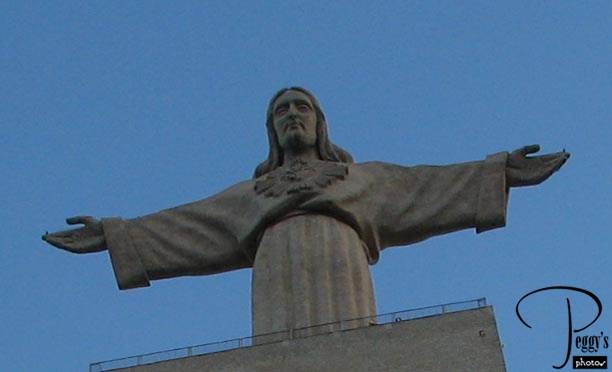
Close–up of the statue.

Cristo Rei Statue
Cristo Rei Statue
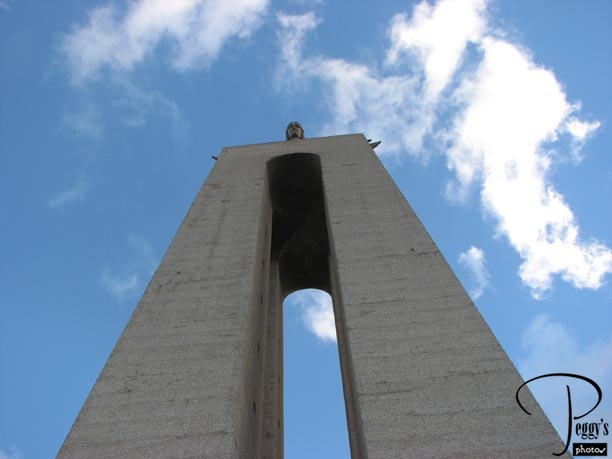
If you look up at the statue this way, it feels as if the whole pedestal and statue are going to fall down on you––a very weird feeling.

Cristo Rei Statue
25 de Abril Bridge
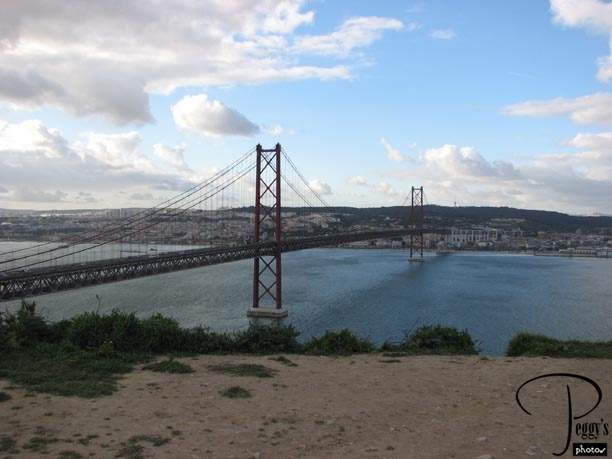
We are also close to the 25 de Abril Bridge.

25 de Abril Bridge
The Two Golden Gates
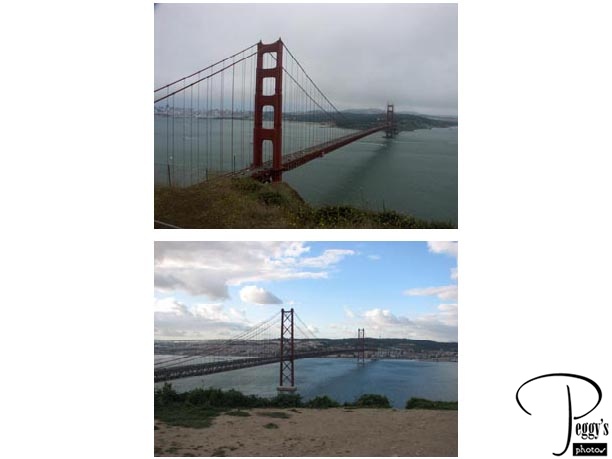
The top photo is of the Golden Gate Bridge in San Francisco. The bottom photo is of its copy, the 25 de Abril Bridge. Very similar.

The Two Golden Gates
Views of Lisbon
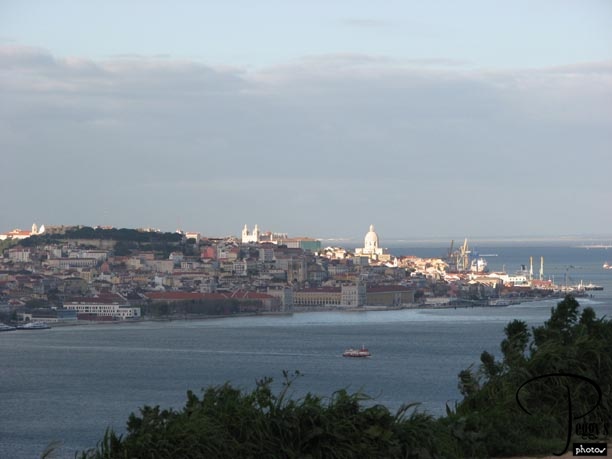
You also get very good views of Lisbon across the River Tejo from here.

Views of Lisbon
Views of Lisbon
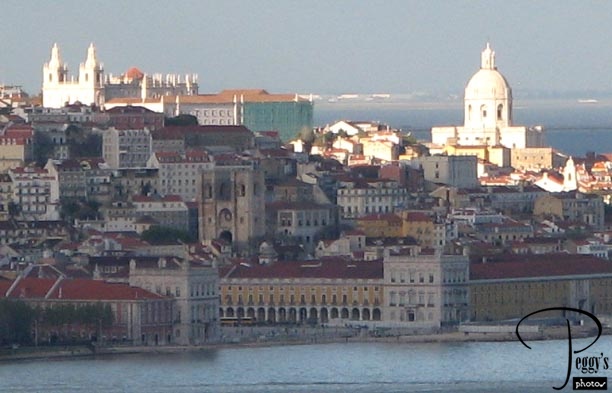
A blow–up of the last photo: You can easily make out the Placa do Comercio, the Se Cathedral, the Pantheon, and the Monsteiro de Sao Vicente.

Views of Lisbon
Views Farther Afield
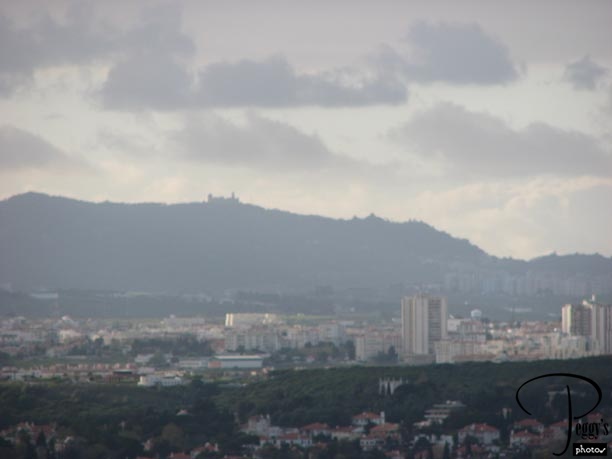
Very surprisingly, that structure you can make out on top of the mountain is the Pena Palace in Sintra where I visited four days ago. I was to meet my Globus tour group at my hotel at 6 p.m. today. I had left a note for Rui, our tour director, that I might be late. However, I really wanted to be on time for the first tour meeting. Hugo got me to my hotel at exactly 5:59 p.m. (but there was time for two more Portuguese kisses from Hugo!––thanks Hugo for a really great day). I thought that I would see a big group of people in the lobby but only Rui was there to meet me––everyone else had been early and were already waiting for me in an upstairs room. Rui asked if I wanted to go to my room for a few minutes. I said yes, but when I got there my room key didn’t work and I had to get it fixed, so I was still later. Anyway, when I finally got to the group meeting, two types of port were offered: white and tawny. I had the tawny––I think this is going to be a good tour! After the meeting, we all had special dinner at the hotel with all the wine that you could drink (with the muscatel, port, and wine, I slept well this night) and baked Alaska for desert. What a great greeting Globus gave us.
